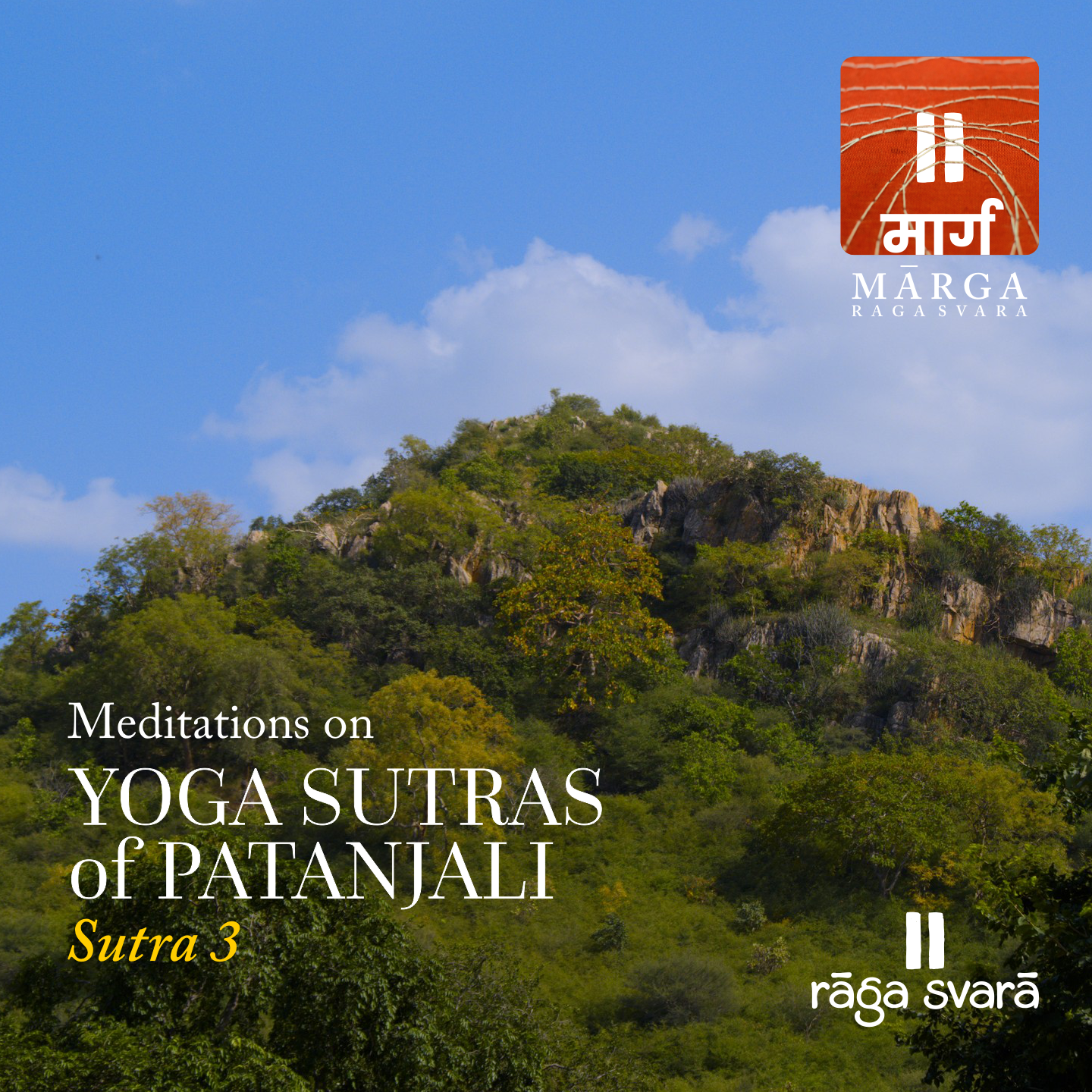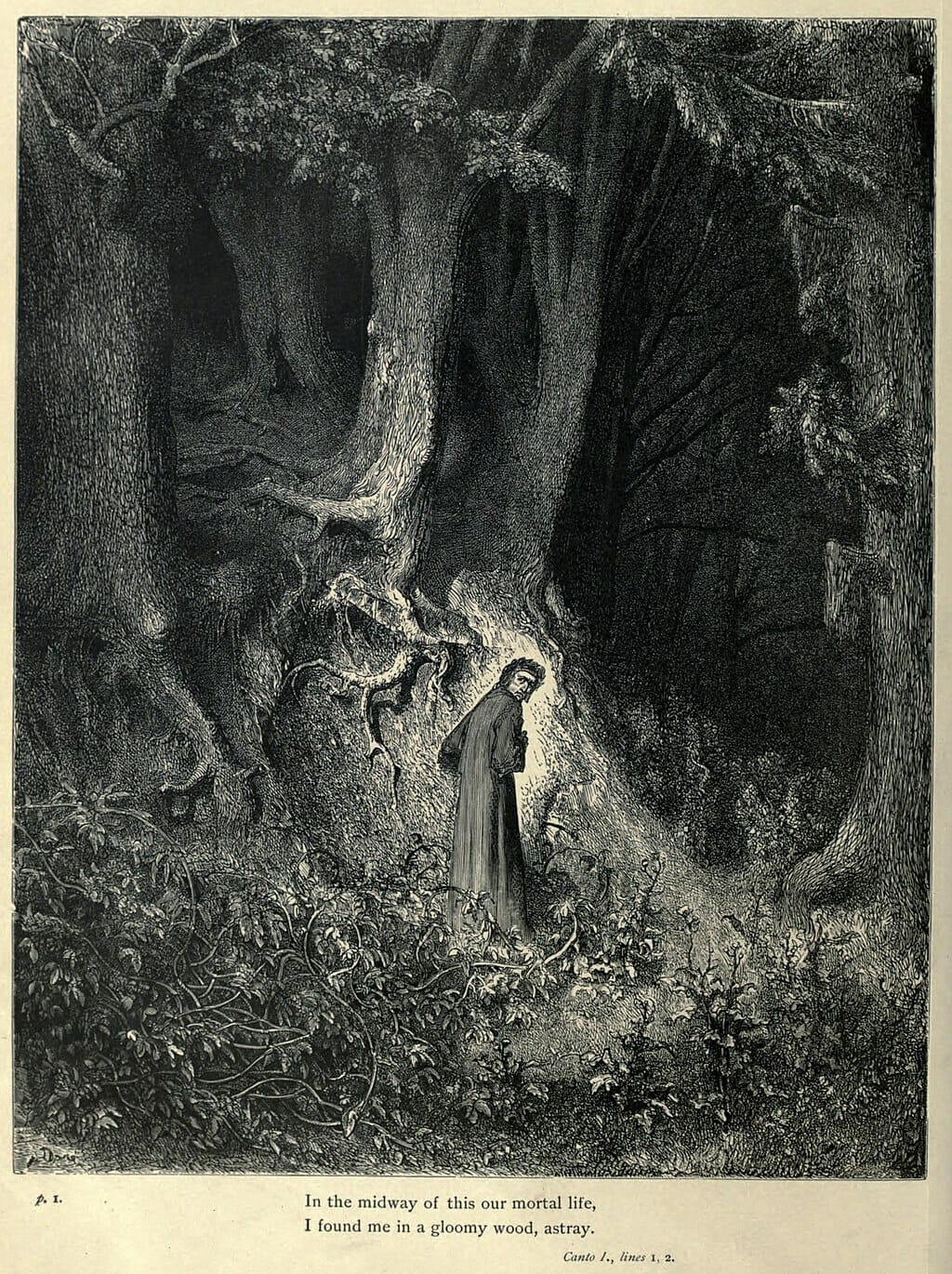Yoga Sutras - 3rd Sutra

by Mohit Khodidas |
तदा द्रष्टुः स्वरूपेऽवस्थानम् ॥ १.३ ॥
tadā draṣṭuḥ svarūpe'vasthānam || 1.3 ||
When that is accomplished, the seer abides in its own true nature.
The third sutra is perhaps one of the most important for me. When all the fluctuations of the mind are controlled, we abide, we sit, we rest in our own true nature. What is our true nature? Is this true nature that all of us share, the nature of the soul, the Atman? Or is it my personal being, the Purusha? Of course, it would take much more thinking and secondary reading on what this "true nature" means, but what I am interested in is the "resting" part. Our true nature, which in modern parlance would be akin to being authentic, is not restless. Once we are truly, radically authentic and once we sit in the posture of authenticity, we enter a state of rest.
When I talk of 'authenticity', I do not mean the provenance or originality of something. But rather, something close to Heideggarian 'dasein' or Kierkegaard's 'self'. Of course, this 'true nature' in the sutra predated modern conception by many centuries. Has the sense of true nature changed over the centuries? Perhaps not. We are still in search for that sense of being at home in ourselves.
But how can one be anything other than one's self? Are we not our true self at all times? Perhaps what we think we are is only a reflection of our relations. To be able to see one's self as one 'is', is the lifelong exercise achieved through meditation and yoga.
The word we translate as ‘authenticity’ is actually a neologism invented by Heidegger, the word Eigentlichkeit, which comes from an ordinary term, eigentlich, meaning ‘really’ or ‘truly’, but is built on the stem eigen, meaning ‘own’ or ‘proper’. So the word might be more literally translated as ‘ownedness’, or ‘being owned’, or even ‘being one’s own’, implying the idea of owning up to and owning what one is and does.
Perhaps one needs to think about what one 'is' even before what one 'does'. In the Heideggerian sense, 'does' coincides with or makes the 'is'. Dasein is the unique way in which human beings exist or engage a world. But as Yoga and Sāṇkhya philosophies posit, the finding of the true self is in retreat and disengagement.
As Montaigne has said, "By ridding ourselves of Court and market-place we do not rid ourselves of the principal torments of our life"
ratio et prudentia curas, Non locus effusi late maris arbiter, aufert.
It is reason and wisdom which take away cares, not places affording wide views over the sea.
Socrates was once told that some man had not been improved by travel. "I am sure he was not" he said. "He went with himself!" Does that mean that we travel to improve? Or that improvement is a goal for travel? Our own company has the most influence on ourselves. When we retreat, we must retreat alone. In our true selves.
Montaigne further says:
Quid terras alio calentes
Sole mutamus? patria quis exul
Se quoque fugit?
Why do we leave for lands warmed by a foreign sun? What fugitive from his own land can flee from himself?
We would do well to remember what Kabir said on knowing one's self:
बुरा जो देखन मैं चला, बुरा न मिलिया कोय ।
जो दिल खोजा आपना, मुझसे बुरा न कोय ॥
and further:
कबीर एक न जाण्यां, तो बहु जाण्यां क्या होइ। एक तैं सब होत है, सब तैं एक न होइ।
In this search for one's true nature where one can rest, we will encounter many dark forests. Yoga helps us in crossing these forests. And exactly as I have reached halfway in my life, I am reminded of Dante's Inferno:
Nel mezzo del cammin di nostra vita
mi ritrovai per una selva oscura,
ché la diritta via era smarrita.
Ahi quanto a dir qual era è cosa dura
esta selva selvaggia e aspra e forte
che nel pensier rinova la paura!
Midway upon the journey of our life
I found myself within a forest dark,
For the straightforward pathway had been lost.
Ah me! how hard a thing it is to say
What was this forest savage, rough, and stern,
Which in the very thought renews the fear.


